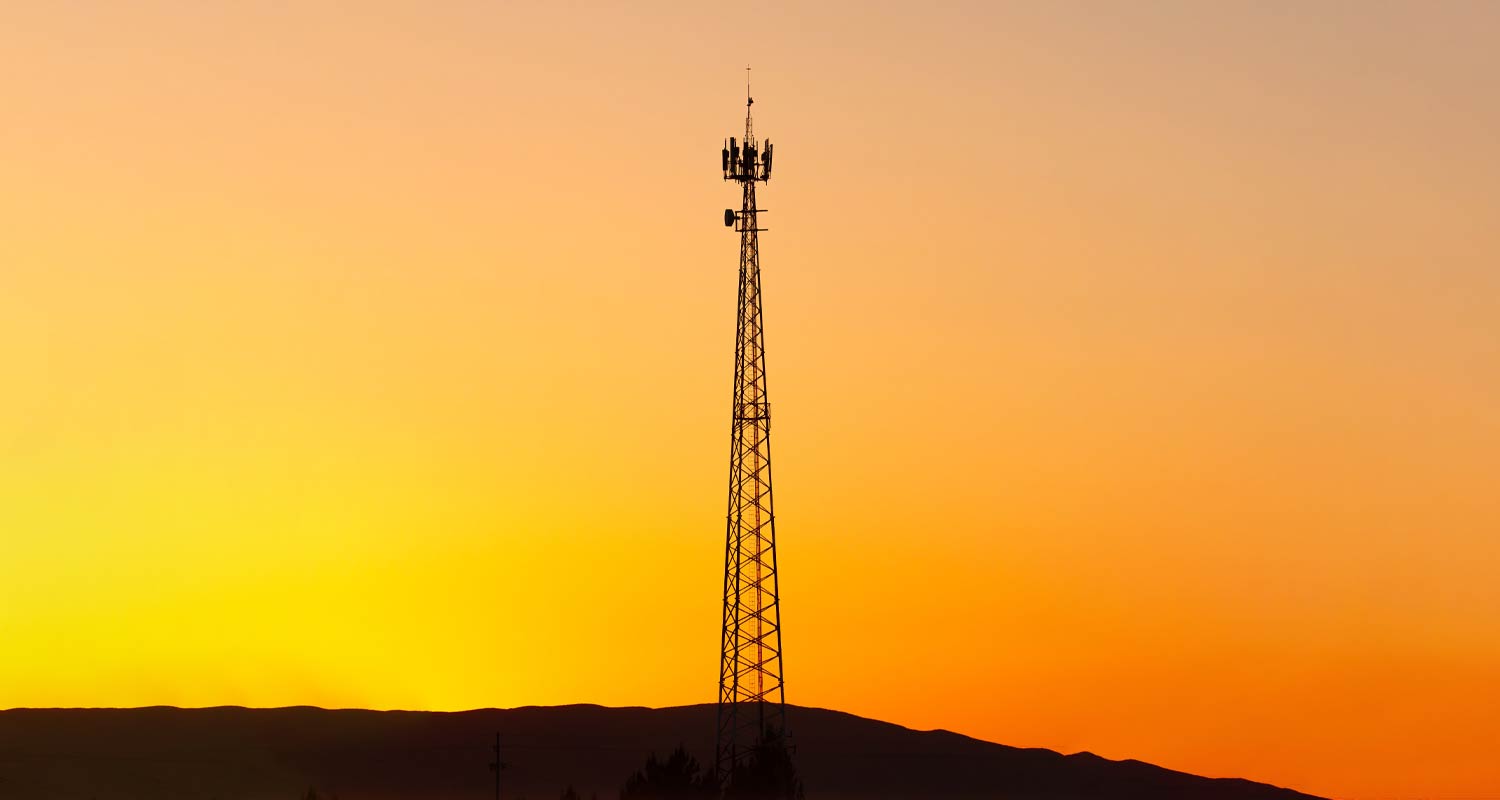 South Africa’s independent tower companies are lowering the cost of tower deployment and management for mobile network operators. The effect is an increase in the breadth and quality of coverage. But onerous regulatory requirements are threatening the growth of the industry.
South Africa’s independent tower companies are lowering the cost of tower deployment and management for mobile network operators. The effect is an increase in the breadth and quality of coverage. But onerous regulatory requirements are threatening the growth of the industry.
This is according to Raul Katz, president of industry specialist consultancy firm Telecoms Advisory Services, and co-author of the white paper “The Independent Tower Industry as a Key Enabler of the Development of African Telecommunications”.
“The key risk is that the time it takes from when an operator says, ‘I need a tower in this particular location’, to when it gets the permits to build that tower, is often too long. The tower operator has to go through national and municipal approvals, which are very extensive,” said Katz.
“We’ve seen cases in South Africa where the timing between the need to deploy and the actual deployment is about two years.”
According to Katz, a lack of rationalisation in policy objectives between national and municipal governments is a major stumbling block in the permitting process. Also contributing to long lead times is the lack of a unified permitting regime that consolidates the various departments from which approvals must be sought.
“Often there are processes that operators or infrastructure providers have to comply with that are not concentrated within a single entity. For example, there are environmental permits, public consultation processes, infrastructure sizing and compliance with tourist zones, among others, that are also linked to the administrative response of the competent authority within a time interval that delays the construction of the sites,” said the white paper (PDF).
Prohibitive
Also prohibitive are the costs related to acquiring these permits and the various taxes imposed on tower operators. In South Africa, towers located on a non-leased site incur property taxes. Other fees associated with deployment include the cost of a full environmental impact assessment, which – according to the white paper – ranges from R45 000 to R170 000. A Civil Aviation Authority permit costs a further R1 090, and building plan fees average around R3 000 per site.
“Without making any judgment about the need for municipalities to collect revenues to support the delivery of public services, it is also the case that by increasing the pre-tax cost of tower deployments, local authorities limit the capacity for the wireless industry to support the connectivity needs of their populations. Since network deployments drive wireless broadband adoption, an extremely high taxation and construction rights burden hampers the tower deployment business case and limits deployment and economic growth,” said the document.
Read: South Africa takes a step closer to spectrum trading
The independent tower company business model is similar to a property developer’s. Tower companies – or towercos – deploy structures and rent space to mobile operators, which then put up their radio access network equipment and whatever supporting infrastructure (such as batteries and generators) is required. Being specialists, towercos are able to use economies of scale and expertise to run towers more efficiently than the operators can themselves. The operators, on the other hand, are able to save on costs and sharpen their focus on aspects of their business that are “critical for competitive advantage” – such as customer relationships, branding, customer care and product development.

In South Africa’s case, the high number of industry players in the towerco space – around 35 companies – presents additional risks to the sector’s sustainability. Having too many industry players increases the probability of overbuild, when two or more towercos deploy sites that are too close together. When this happens, the ability to find operators to rent equipment on each tower diminishes because one operator might rent on one tower and another on a different tower. This means the revenue that might have gone into a single tower operator in that area is now spread between two (or more) of them, crushing profit margins.
Katz said market forces will likely lead to consolidation in the South African towerco market. However, regulatory intervention to prevent overbuild is still required in his view. This might take the form regulations that prescribe a minimum distance between deployments, he said.
Another way in which regulations could promote the growth of the independent towerco industry – and by extension the wider deployment of next-generation infrastructure like 5G – is the introduction of policies that encourage operators to share resources and thereby save costs.
Dealing with the challenges presented by higher stages of load shedding in recent years has already driven mobile operators in this direction. In May 2023, the department of trade, industry & competition published block exemptions for energy users, permitting the pooling of backup energy solutions by different operators on a single site.
The next step in maximising the sharing of tower infrastructure by operators relates to the use of spectrum, said Katz. On Tuesday, the communications ministry released the final next-generation spectrum policy document, which begins to outline rules on how spectrum sharing and trading will work in practice. – © 2024 NewsCentral Media

